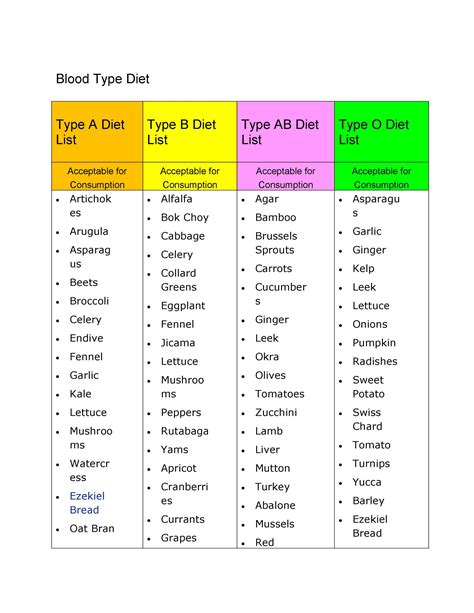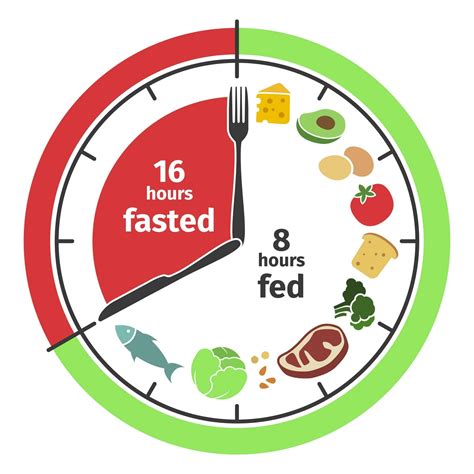Learn about the feeding tube diet, choosing the right feeding tube, preparing for insertion, following a proper feeding schedule, and evaluating & adjusting results.
Understanding Feeding Tube Diet
Contents
Feeding tube diet, also known as enteral nutrition, is a medical intervention that allows individuals who are unable to eat or drink by mouth to receive the essential nutrients they need. This method involves the use of a feeding tube, which can be inserted through the nose or mouth and passed into the stomach or intestines.
Feeding tube diet can be prescribed for a variety of medical conditions, including neurological disorders, digestive system disorders, and certain types of cancer. It is typically recommended for individuals who are unable to swallow or absorb nutrients properly, or those who require extra calories and protein to help in their recovery process.
Choosing the right feeding tube is crucial to ensure the individual’s specific nutritional needs are met. There are different types of feeding tubes available, including nasogastric tubes, gastrostomy tubes, and jejunostomy tubes, each serving a different purpose depending on the patient’s condition and feeding requirements.
It is important to consult with a healthcare professional to determine the most suitable feeding tube for the individual’s needs and to receive proper training on how to administer the feedings and care for the tube.
Choosing the Right Feeding Tube
Choosing the Right Feeding Tube
Choosing the Right Feeding Tube
When it comes to choosing the right feeding tube, there are several factors that need to be taken into consideration. The first thing to consider is the reason for needing a feeding tube. Whether it’s for short-term or long-term use, the type of feeding tube can vary depending on the medical condition of the individual. It’s important to consult with a healthcare professional to determine the most suitable feeding tube for the specific needs of the patient.
Another important factor to consider when choosing a feeding tube is the size and placement of the tube. The size of the feeding tube will depend on the nutritional requirements of the individual, as well as their comfort and tolerance. The placement of the feeding tube is also crucial, as it can affect the ease of feeding and potential complications. The healthcare provider will assess the individual’s medical history, nutritional needs, and clinical condition to determine the most appropriate size and placement of the feeding tube.
Additionally, the material of the feeding tube is an important consideration. Feeding tubes are typically made of silicone, polyurethane, or polyvinyl chloride. The choice of material will depend on factors such as the individual’s allergies, skin sensitivities, and potential complications. The healthcare provider will take into account these factors when selecting the most suitable material for the feeding tube.
It’s also important to consider the type of feeding method that will be used with the feeding tube. Whether it’s continuous or intermittent feeding, the type of feeding method will impact the type of feeding tube that is chosen. The healthcare provider will assess the individual’s nutritional requirements and feeding schedule to determine the most suitable feeding method and, consequently, the most appropriate feeding tube.
Preparing for Feeding Tube Insertion
When preparing for a feeding tube insertion, it’s important to first consult with a healthcare professional to discuss the procedure and any potential risks or complications. It’s also essential to make sure that the patient is in the best possible physical condition to undergo the insertion. This may involve blood tests, imaging scans, and other diagnostic procedures to assess the patient’s overall health and suitability for the feeding tube.
Once the decision to proceed with the feeding tube insertion has been made, the healthcare team will provide specific instructions on pre-procedure preparations. This may include dietary restrictions, fasting instructions, and possibly the need to stop certain medications in the lead-up to the insertion. Following these instructions closely is crucial to ensure the success and safety of the procedure.
Prior to the insertion, it’s also important to discuss any potential concerns or fears with the healthcare team. This may help alleviate anxiety and ensure that the patient feels as comfortable and informed as possible. Additionally, arranging for transportation to and from the hospital or medical facility on the day of the insertion is an important practical consideration.
It’s also important to ensure that the patient has a support system in place for during and after the procedure. This could involve arranging for someone to accompany the patient to the hospital or medical facility, as well as having a plan for post-procedure care and recovery. Clear communication with the healthcare team about any post-procedure needs or concerns is also essential.
Following Proper Feeding Schedule
When following a feeding tube schedule, it’s important to be consistent with the timing of feedings. This means setting a regular schedule for when to administer the feedings throughout the day. This regularity helps in maintaining the proper nutrition levels and also regulates the body’s metabolism. It’s recommended to consult with a healthcare professional to determine the most suitable schedule for the individual’s specific needs.
It’s also essential to pay attention to the volume and rate of feeding as per the prescribed schedule. Maintaining the correct volume and rate ensures that the body receives the necessary nutrients without causing discomfort or complications. A healthcare provider can help in determining the ideal volume and rate based on the individual’s condition and nutritional requirements.
Monitoring and recording the feedings is another crucial aspect of following a proper feeding schedule. Keeping a detailed record of each feeding, including the volume, rate, and any observations or reactions, can provide valuable insights for the healthcare team. This information can help in evaluating the effectiveness of the feeding schedule and making any necessary adjustments.
Moreover, it’s important to be aware of any potential complications that may arise from the feeding schedule. This includes being vigilant for signs of intolerance or adverse reactions to the feeding formula. Any unexpected symptoms or changes should be promptly reported to the healthcare provider for further assessment and adjustments to the schedule.
Evaluating the Results and Adjusting
After following a feeding tube diet for a certain period of time, it’s important to evaluate the results to see if the diet is working effectively. This can involve looking at the person’s weight, overall health, and any changes in symptoms or conditions they may have. By evaluating these factors, the effectiveness of the feeding tube diet can be determined.
Once the results have been evaluated, it may be necessary to adjust the feeding tube diet plan in order to achieve the desired outcome. This could involve changing the type or amount of formula being used, altering the feeding schedule, or making other modifications to the diet as needed. It’s important to work with a healthcare professional to make these adjustments in a safe and effective manner.
By regularly evaluating the results of the feeding tube diet and making adjustments as needed, it is possible to ensure that the person receiving the nutrition they need and that the diet is supporting their overall health and well-being.












